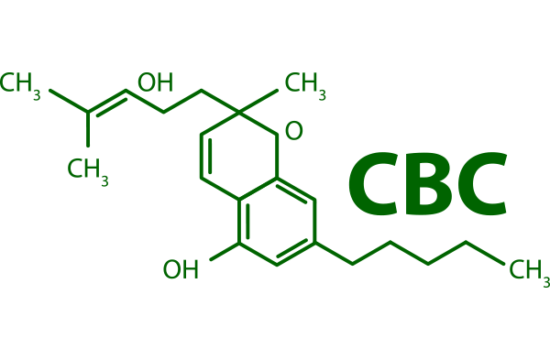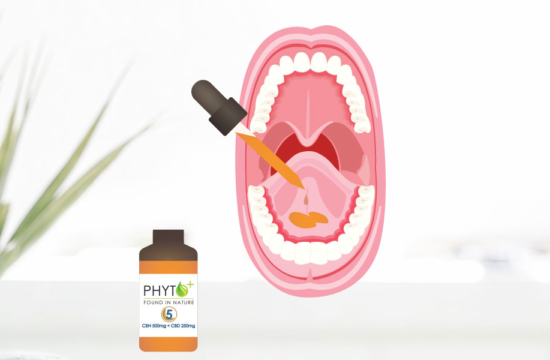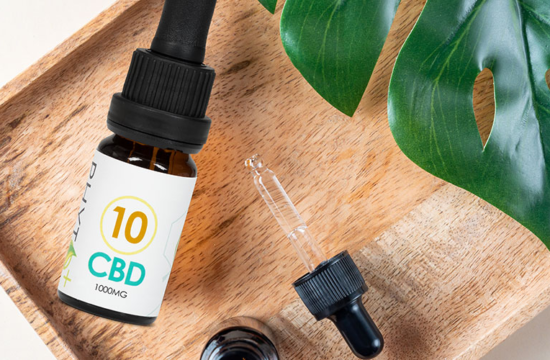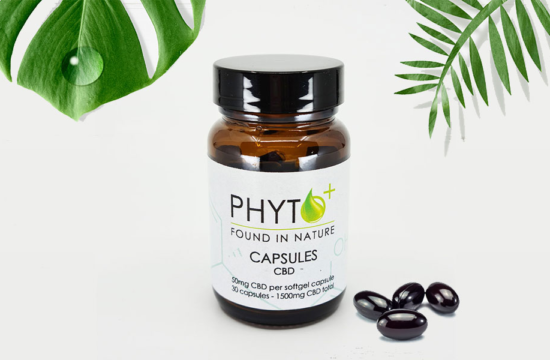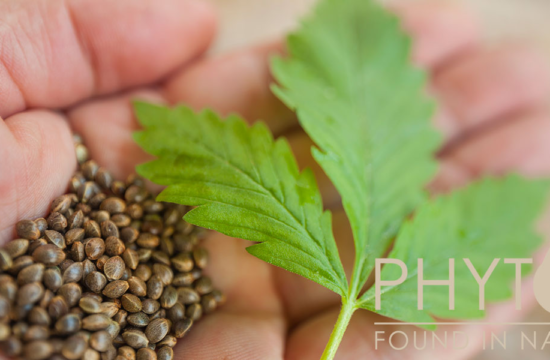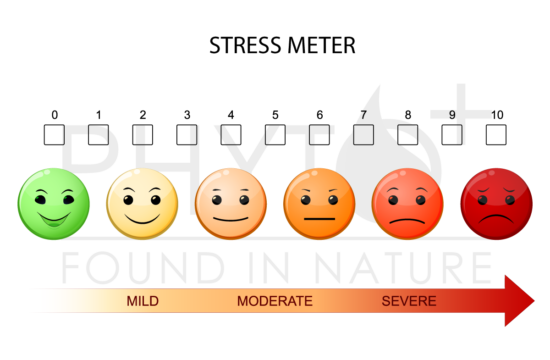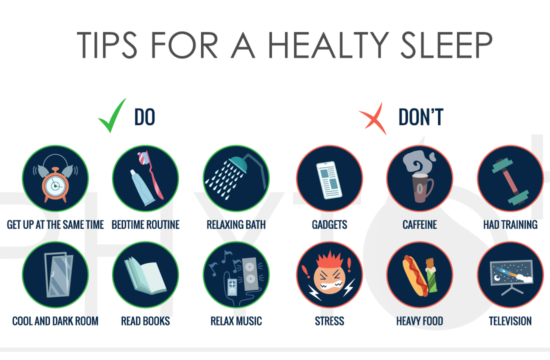Take a moment and think about your approach to health: would you consider yourself proactive? Curious? Dedicated? Especially in an age where information is readily available, and more people are conscious of their daily choices—from diet to exercise and environment—you likely care more deeply than you realize. More than ever, mindful shoppers like yourself are looking into the nitty-gritty of everything: grocery store buys, beauty products, household cleaners, and the list goes on.
If you want to go a step further in your burgeoning investigative skills, take a moment to consider not only what is in your everyday goods but rather how they were created. At Charlotte’s Web, we aim to be transparent about our products—and the methods we use to create them. If you have ever wondered how to make CBD oil, you’re in luck. We have spoken with our trusted team of experts to better understand the process. Here, we provide an insider’s look at how we go from seed to plant to oil and give a crash course on other things you need to know about this trendy gift from Mother Nature herself.
Consider yourself schooled.
First up, what is CBD?
Truth be told, it is nearly impossible to miss CBD these days. Scrolling through Instagram, browsing through various online shops, or even overhearing a conversation in a coffee shop… your ears will perk up at the recognition of the term. However, you may not know exactly what it is, or why so many people are raving about its effectiveness and benefits. That’s okay—we have the history and background for you.
CBD stands for cannabidiol which is a chemical compound found in the cannabis plant. This compound is usually derived from hemp and is a naturally occurring substance. Here is where small details are essential: CBD is not psychoactive. This is important to note because this means it will not impair your mental state or your ability to function and perform everyday tasks. This is what sets CBD apart from another plant compound in the cannabis family, tetrahydrocannabinol, or THC. When you think of getting high, you are contemplating the effects of THC, not CBD.
The reason many people are wondering how to make CBD oil is based on its versatility and the ways it can be used throughout daily routines. Surprisingly, CBD has been part of cultures for hundreds of years, even if it is only now becoming viral among bigger populations. Indigenous communities handled hemp throughout their lives for various solutions: to control weeds, to sanitize water, to make clothing, and other uses. Today, more people turn to CBD oil for some of its help in making modern living easier like supporting recovery from exercise induced inflammation or maintaining focus for an important project, to name a few.
How to make CBD oil
The actual process of making CBD oil is one that’s been crafted and cultivated for centuries. At Charlotte’s Web, it is a journey we have perfected since 2011, when a family of seven brothers—Joel, Jesse, Jon, Jordan, Jared, Josh, and Austin Stanley—developed a high-quality blend of CBD that features other beneficial phytocompounds. At that time, something that set us apart was our ability to make a high-quality extract from plants we grew and harvested ourselves. Each step within our process—from seed to bottle—is still overseen by quality standards put in place by the Stanley’s and is quality-tested and assured each step of the way.
But how does it all, well, work?
Pam Baxter is the Director of Quality Engineering at Charlotte’s Web where she leads product testing, the validation and verification of equipment, all technical writing, and document control. It’s a big job but one that Pam loves, since it gives her an important hands-on role in the way our products are made. In an interview about how to make CBD oil, she explains how the team uses two different extraction methods: CO2 and alcohol extraction.

As Pam explains, carbon dioxide (CO2) extraction is excellent at isolating cannabinoids from the plant materials, which allows scientists the ability to derive a high concentration of mostly CBD, but also other compounds like cannabigerol (CBG), cannabichromene (CBC), and cannabinoid (CBN). Like CBD, these cannabinoids are not psychoactive and won’t alter your mental state.
Another extraction technique used at Charlotte’s Web is with isopropyl alcohol to extract a wide variety of compounds, like terpenes, flavonoids, and more, each with their own beneficial properties for health and wellness. Today, the CO2 extraction method is used for most products, while the Original Formula is still created via alcohol extraction, just as it has been since the Stanley Brothers first shared it with Charlotte.
If that is all a little over your head, don’t sweat it. You probably won’t be making CBD oil at home by yourself but if you are curious, Pam says everything starts with the earth. Or more to the point: the soil!
Every fall, Charlotte’s Web harvests and dries its hemp plants. The dried material is then milled and stored in bins as they wait to start the testing process. To ensure we only create the highest quality products—safe for people to use on themselves and their furry best friends—every plant goes through an intense testing regimen. Pam explains that what we are mostly looking for is any sort of moisture that could create mold. As you can imagine, this would be dangerous and must be controlled. Once plants have passed these various quality assurance steps, we move on to the extraction process.
How to make CBD oil: 2 Extraction
To implement CO2 extraction—remember, that’s carbon dioxide—Pam says we start by performing a decarboxylation step. In this step, the plant material is heated, which converts all the acid forms of the cannabinoids to active forms. In other words, this makes it useful to be put into oils, otherwise it wouldn’t offer the same benefits. From this state, it goes into the extractor, where the compounds are brought out in oil form. The extract is fully tested and approved for use. From our hemp we extract CBD and the other compounds.
How to make CBD oil: Alcohol Extraction
The alcohol extraction technique goes a little differently. After hemp is dried and tested, it goes straight into a container where it is soaked in isopropyl alcohol. This is when the extraction happens, Pam explains. Then, we remove all the hemp plant remnants from the alcohol and heat the solution which evaporates the alcohol off, leaving an extract of CBD and 80+ other cannabinoids. “The extract is then put under heat to decarboxylate it and then that’s what we use to make our products,” she explains.
No matter which process the plants go through, Pam says the oil doesn’t quite look like the final product you purchase. Instead, it has the consistency of molasses—very thick and dark.
Why Quality Matters
As a proactive shopper, you think carefully about what is lurking in your food. Or in your go-to beauty products. Or, well, in anything. The same should be true for any hemp extracts you use. Though many, many companies are advertising and offering CBD products, there has been little regulation to control exactly what’s inside them. This can make it difficult to really understand what you are using and how it may impact your body from the inside out. Especially with any new type of trend, it is in your best interest—and that of your family—to only select formulas you trust.
Pam explains it best: “You want to know that it’s made from trusted plants. You can buy various CBD oils, but what you want is something where extraction was done on the whole plant and there wasn’t any separation, purification, or other additions to the materials, so you get a full spectrum extract rather than having certain cannabinoids added in.”

Even though it seems like a complicated, time-consuming process to create CBD oil, not everyone is as diligent about their plants as we are. It is essential to the core values of Charlotte’s Web that we only provide the most trusted level of quality and effectiveness. To do this, we are diligent about the hemp plants we cultivate.
When you have trustworthy ingredients, you can aspire to see some of the many benefits of incorporating CBD oil into your regimen. “We all know that it’s important that you start with the genetics that you understand, so that you can make a consistent product. Most companies out there buy hemp on the open market, so they don’t know much about how the hemp was grown,” Pam shares. “We know everything about how our hemp was grown, so we always start off with the best material.”
Giving it time
Charlotte’s Web also goes a step above by providing accurate, proven information to back all our products. We want to educate our customers so they can experience the benefits of CBD oil. We always recommend giving the product time to work its magic, right around four weeks. While some people will notice a difference right away, everyone’s unique chemical system responds at various durations. To reap the benefits of CBD, your body’s endocannabinoid system takes in the CBD based on saturation. This means you need to reach a certain level of saturation before experiencing more noticeable individual effects.
The bottom line is CBD provides plenty of great benefits, but you have to select a brand dedicated to quality. Regardless if this your first time on the CBD train or you are an expert, research will allow you to truly know what you are using and how it may work for you and those you love.




